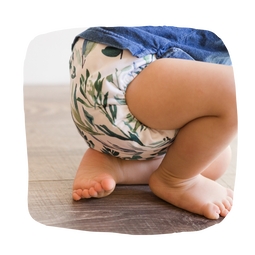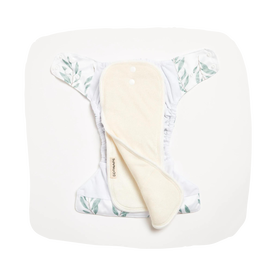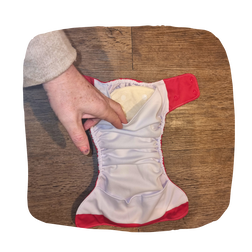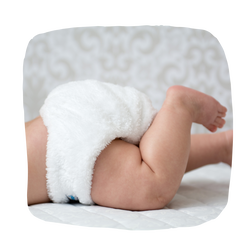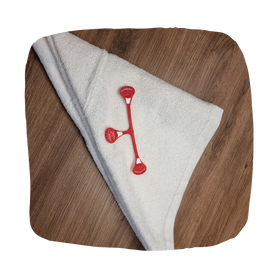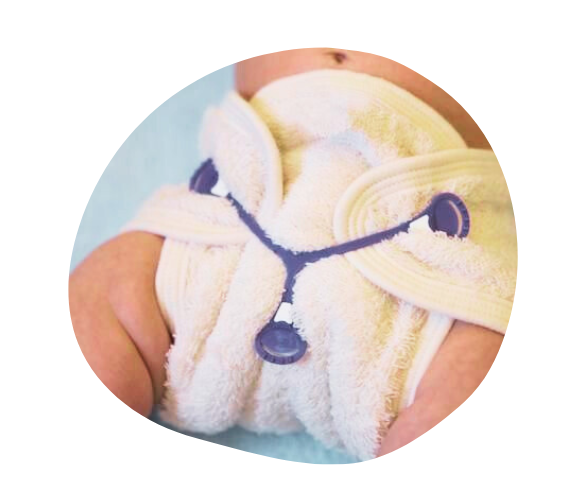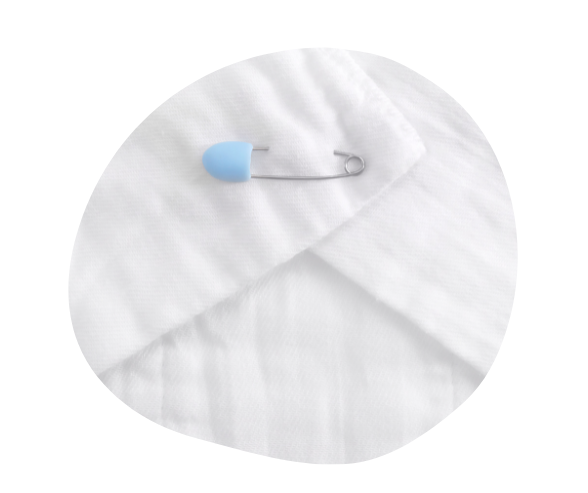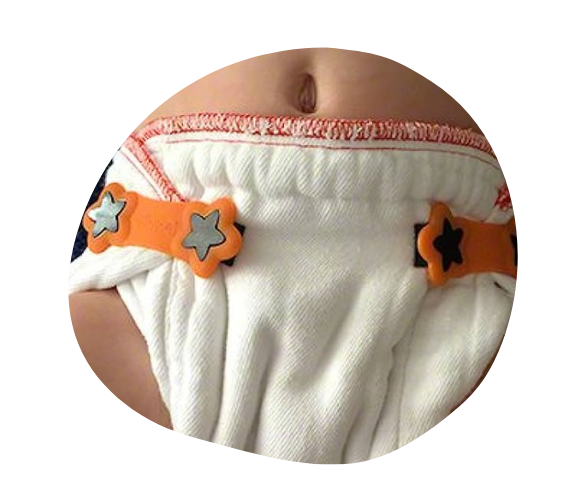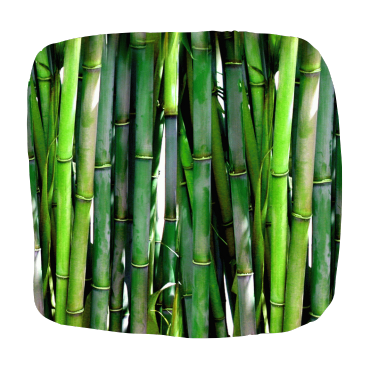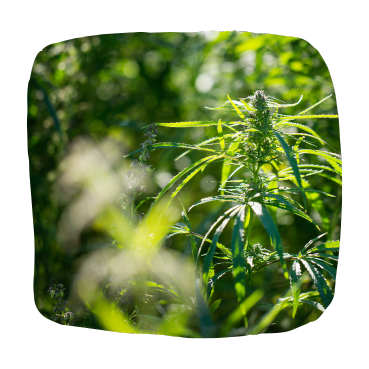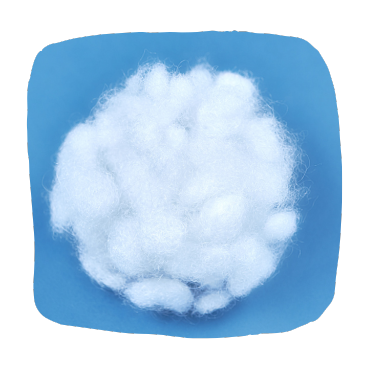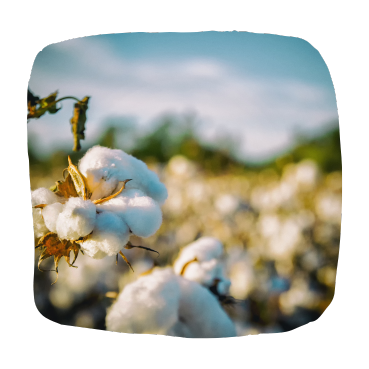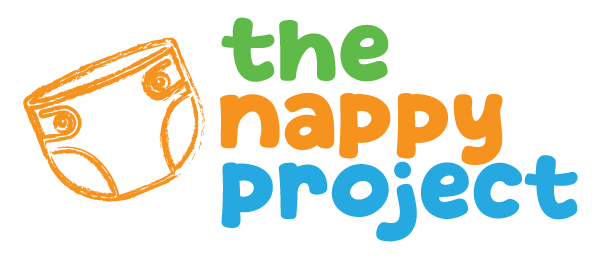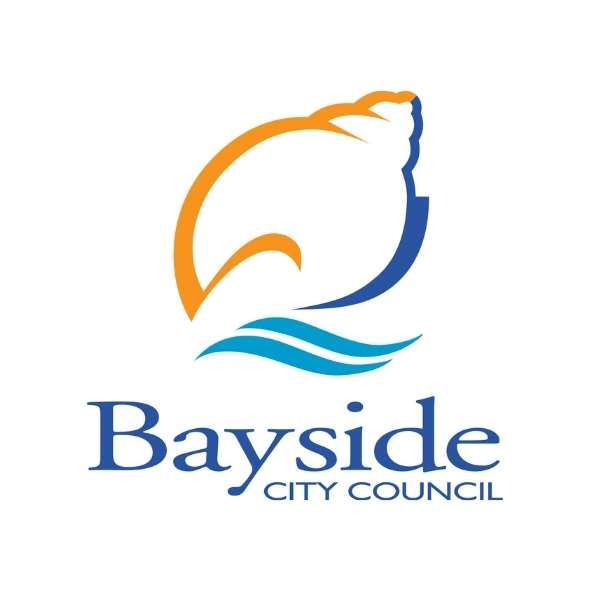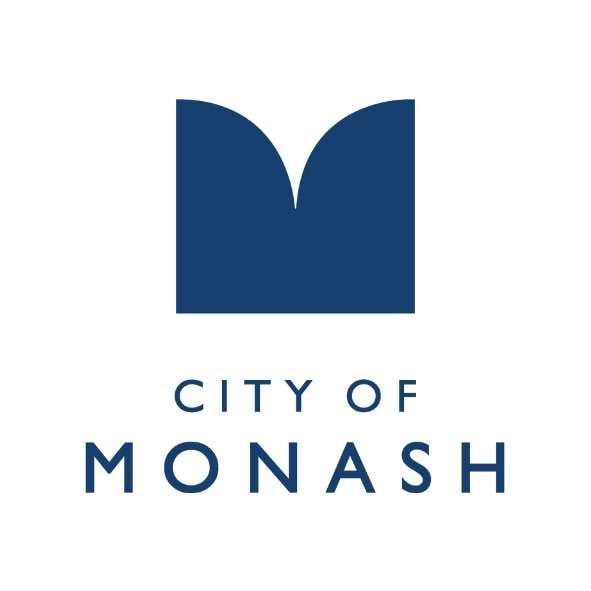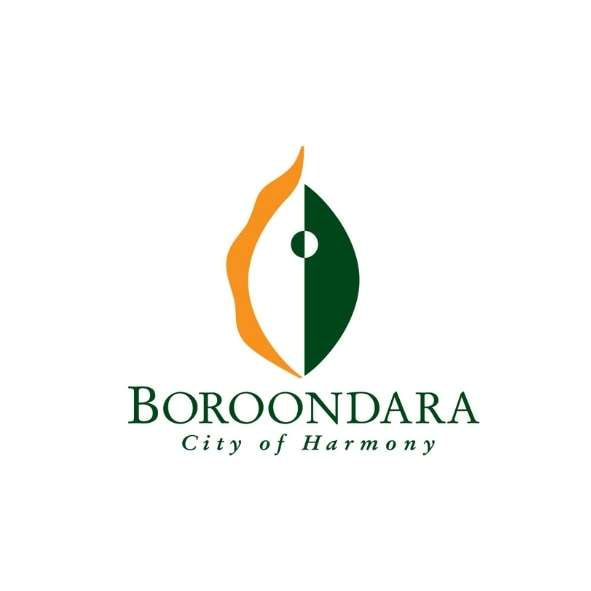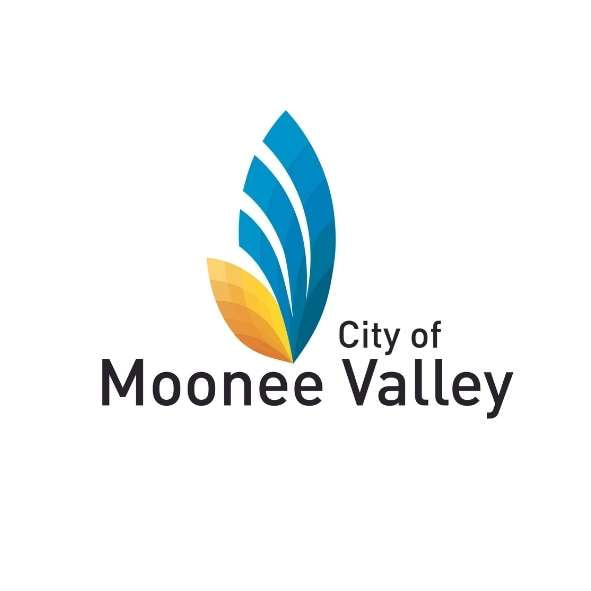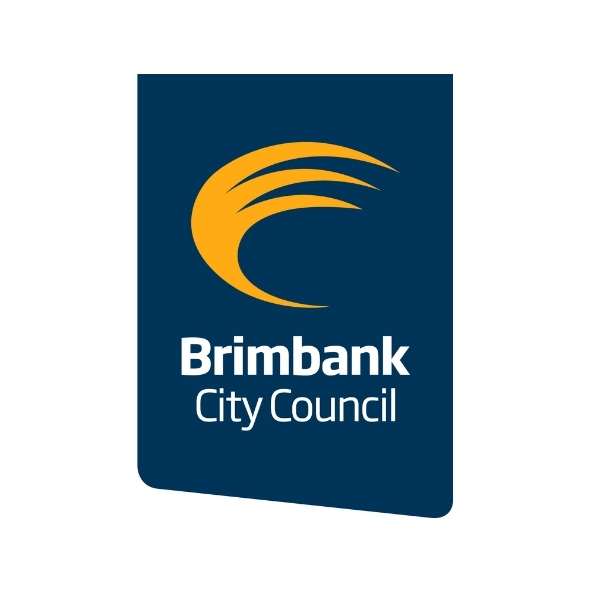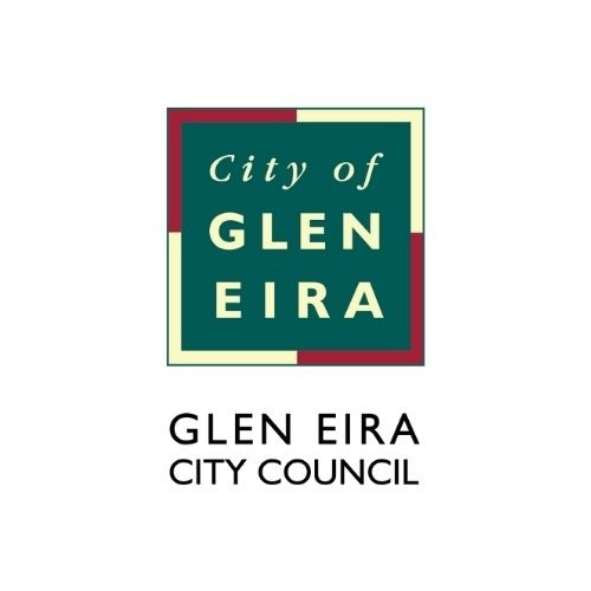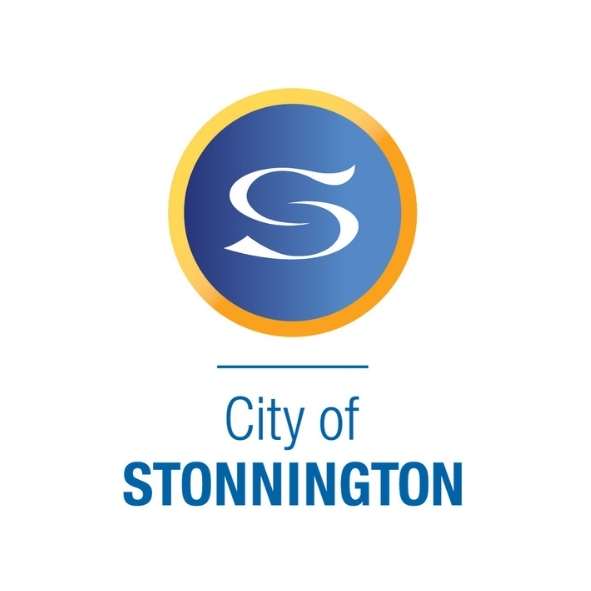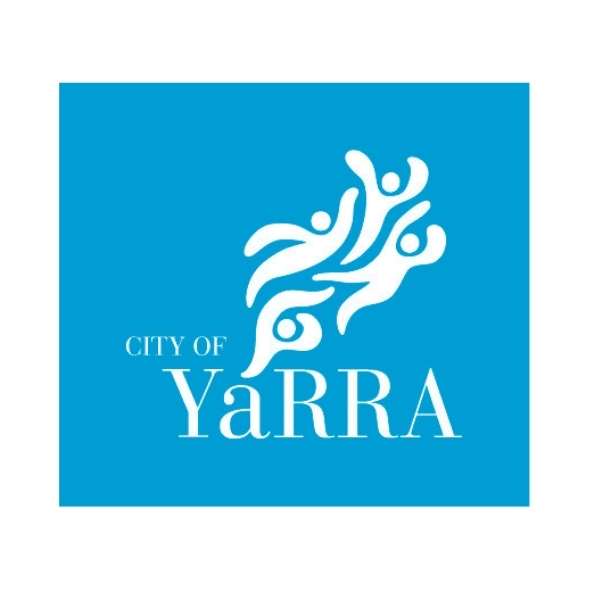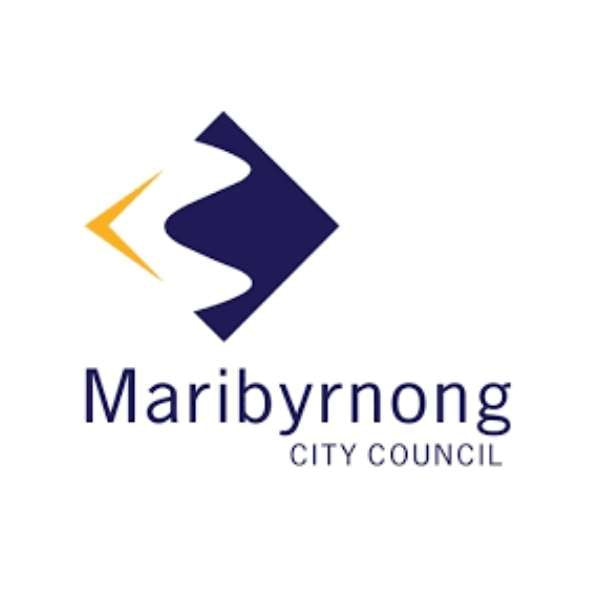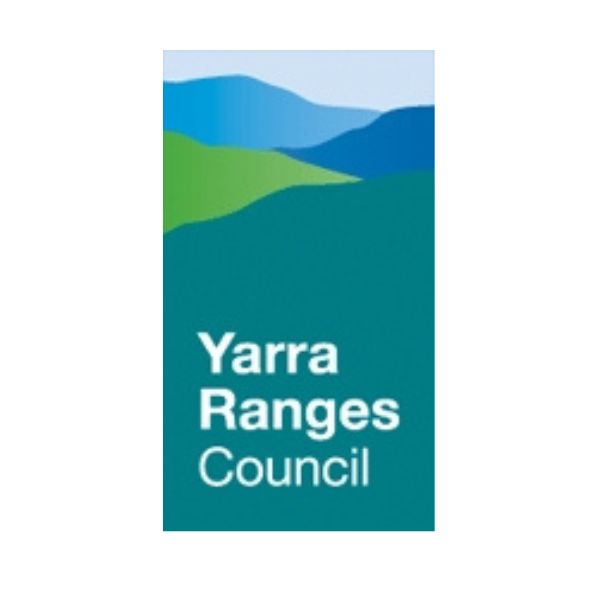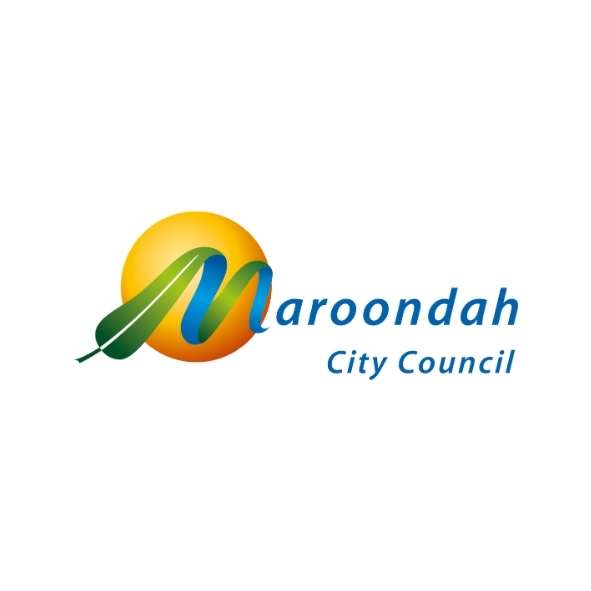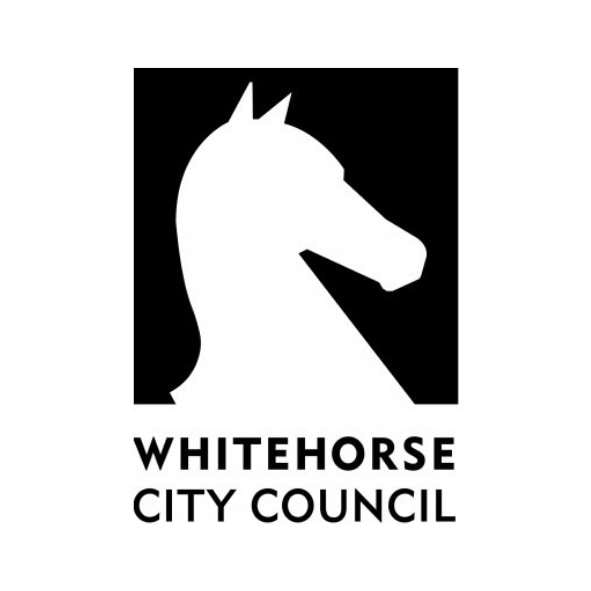Choose a style of reusable nappy
There are various styles of reusable nappies available in the market, and choosing the right one for your child can be overwhelming. Don't worry! This guide introduces the different styles of reusable nappies and provides you with simple tips to help you make an informed decision.
All-in-one (AIO) nappiesAll-in-One nappies are the closest in design to disposable nappies. They consist of a waterproof outer layer and an absorbent inner layer sewn together.
AIO nappies are easy to use, as they require no assembly or stuffing. They come in various sizes and have adjustable closures, such as snaps or Velcro, for a secure fit. These nappies are a great choice for busy parents or daycare settings. |
Pocket nappiesPocket nappies have a waterproof outer shell with a pocket opening where you can insert an absorbent insert or booster. They offer flexibility, as you can adjust the absorbency to suit your baby's needs by adding or removing inserts.
Pocket nappies are quick to dry and are available in different materials, such as microfiber, bamboo, or hemp. They are a popular choice for their versatility and ease of use. |
Fitted nappiesFitted nappies are highly absorbent and snug-fitting nappies that require a separate waterproof cover. They are made from natural fibres like bamboo, hemp, or organic cotton.
Fitted nappies provide excellent containment, making them ideal for heavy wetters or overnight use. They require an extra step of putting on a cover, but they offer superior leak protection and are an excellent choice for long periods. |
Pre-fold nappiesPre-fold nappies are rectangular-shaped, multi-layered cloth pieces. They require folding and fastening with pins or fasteners before putting on a waterproof cover. Pre-folds offer excellent absorbency and are budget-friendly. They come in various sizes, allowing for a customized fit. While they may seem intimidating at first, pre-folds are a reliable and economical option.
|

